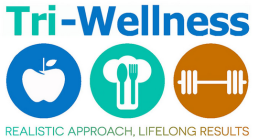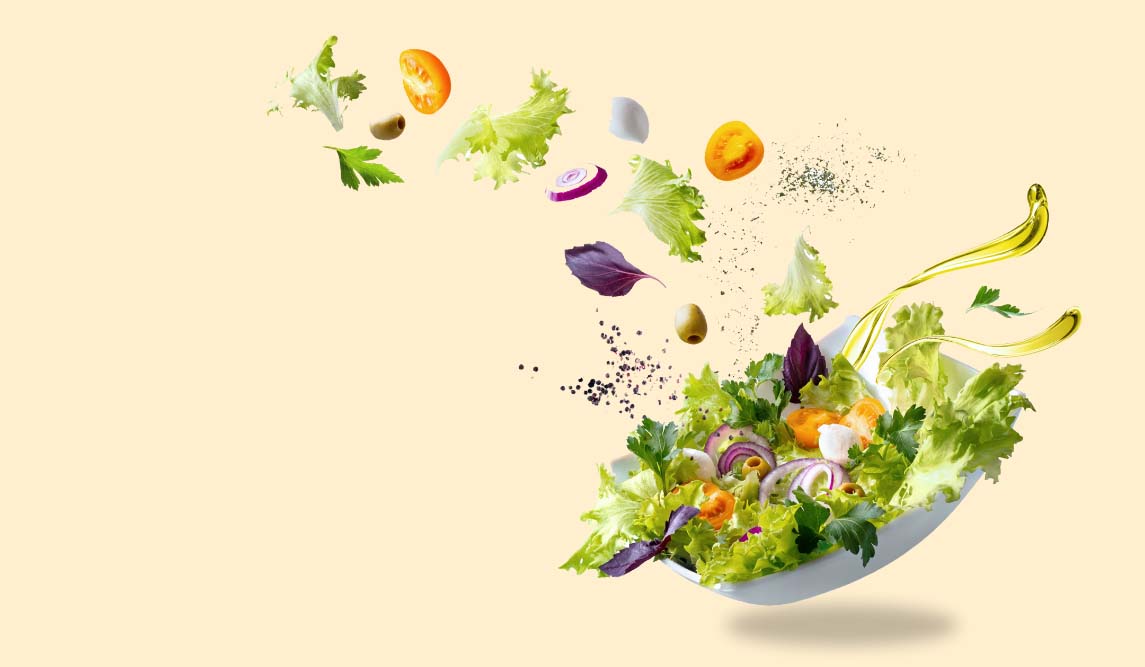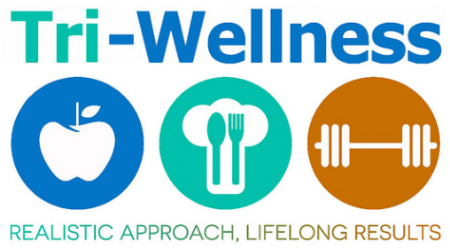The benefits of olive oil have been proclaimed far and wide. Even if you are already aware of some of them, this list goes through the most interesting facets of olive oil. If you aren't a fan of olive oil already, I think this post may more than convince you to incorporate olive oil into your diet.
1. There Are 4 Types of Olive Oil
Olive oil is made by pressing the core of olives to extract the oil, and extra virgin olive oil is made with the first press. Because olive oil is expensive, it's often used sparingly to drizzle over carpaccio, bruschetta and other Italian delicacies or salads where the oil can really be tasted. When looking for quality "E-V-O-O," go for the cold pressed variety, as heat can change the taste.
The second type, virgin olive oil, is a bit more acidic and good for when you want a tart flavor for pomodoro sauces or maybe even a quick pasta with fresh tomatoes, lemon juice and a good Parmigiano Reggano.
Pure olive oil, despite its name, is actually a blend of refined leftovers from the virgin olive oil extraction process and virgin olive oil. It's cheaper, so it's best for frying.
Light olive oil is actually the worst quality, so watch out for bottle labels that say '100% pure olive oil.'
2. Olive Oil is the Only All-Natural Vegetable Oil
Olive oil is the only vegetable oil that can be consumed as is, ready to be consumed fresh and straight from the olive press. No heat or chemicals are required in the extraction process, so if you buy extra virgin or virgin olive oil, you should feel safe with the quality of the final product.














